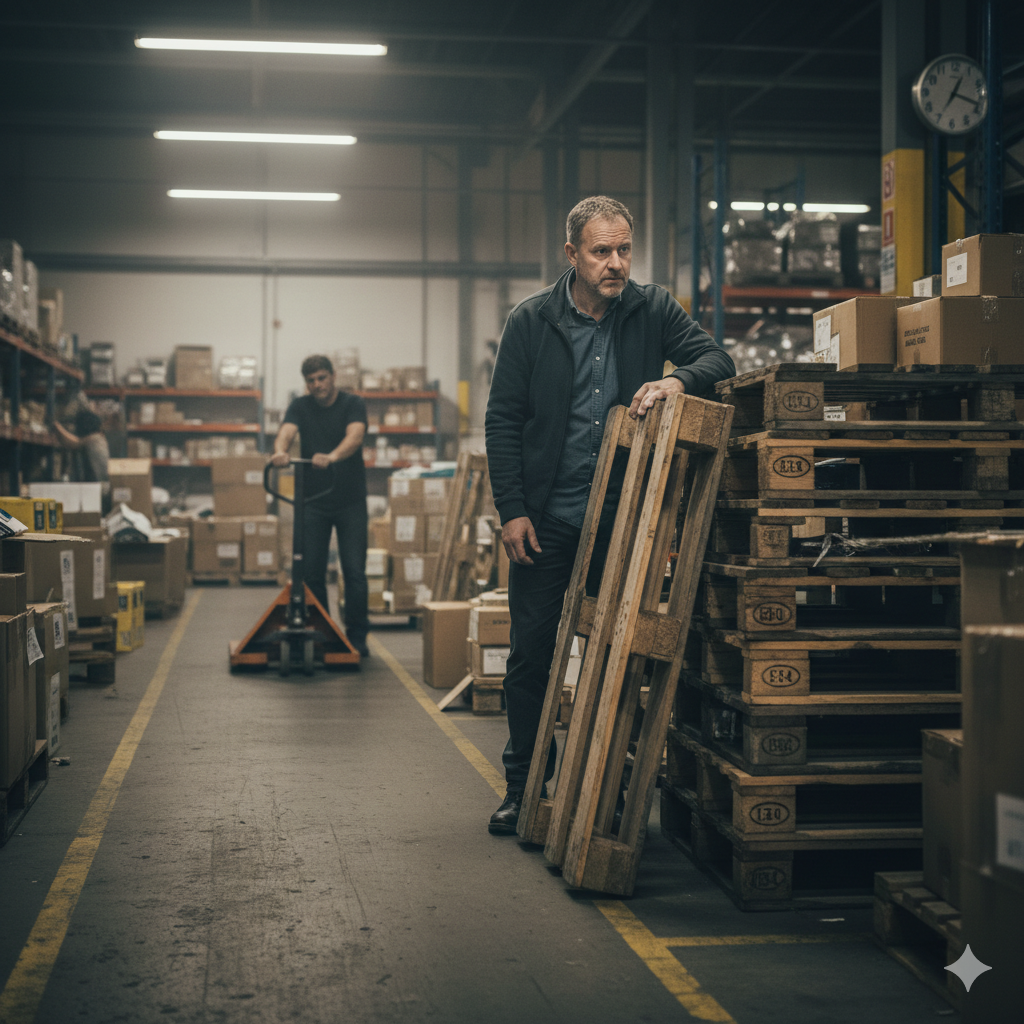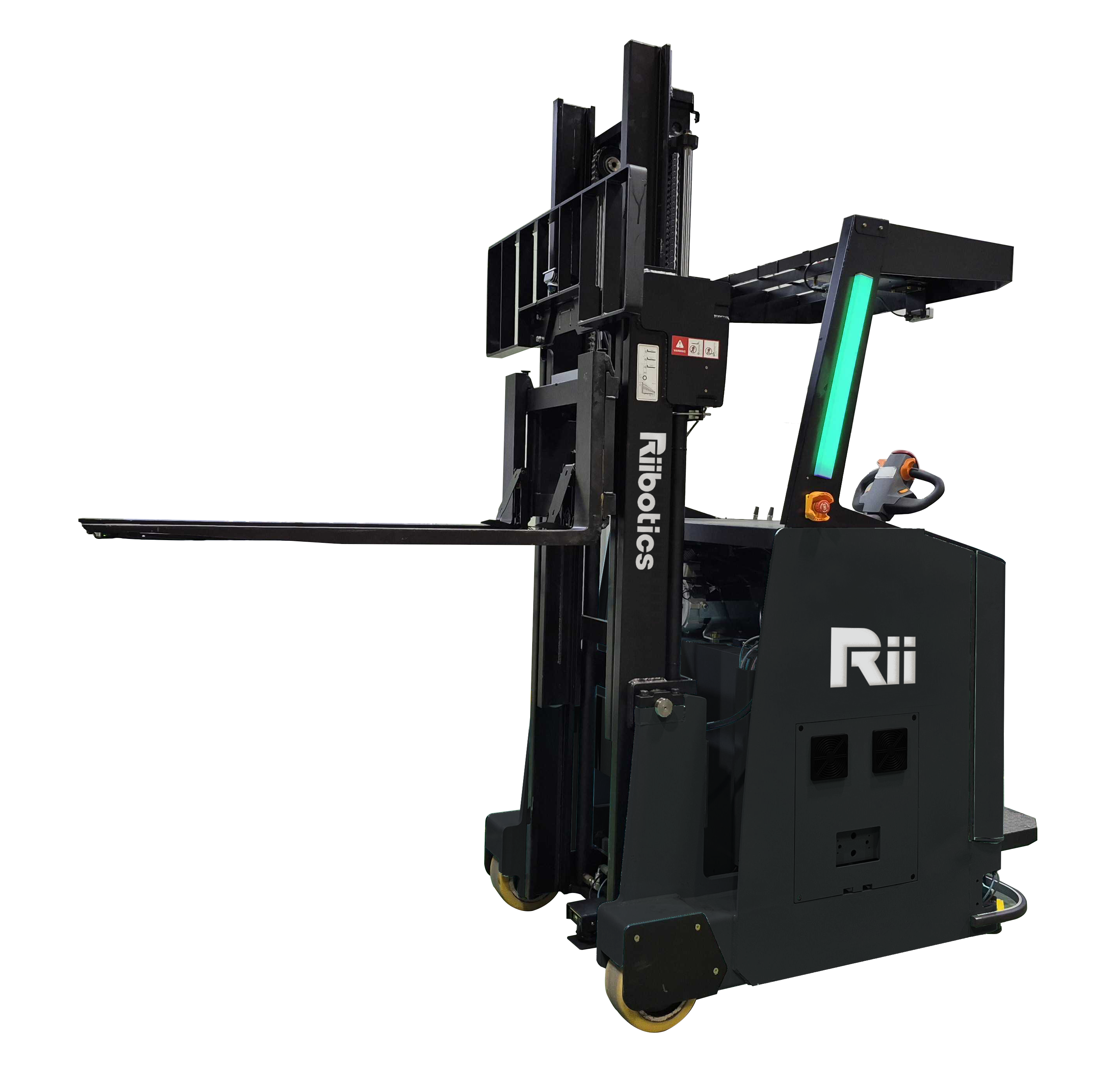
The Riibotics Product Story

The Birth of Product: From Pain Points to Pallet Trucks
Riibotics: The Robot Revolution Starts Here
In an era saturated with talk of automation, Riibotics didn't just follow the trend. We began our journey with a single, compelling question: "What kind of robot does the industrial sector truly need?" Our quest for the answer led us to an unexpected and powerful breakthrough.
Experts United by a Common Goal
I've spent my career navigating the complex world of industrial robots, gaining deep insights into both the technology and the market dynamics across Asia, Europe, and the Americas. By a stroke of luck, I met my co-founder, a top-tier specialist in robotic autonomous navigation. With our combined expertise, founding a robotics company felt less like a choice and more like destiny. We united our strengths with a singular mission: to create the most useful robot for the real world.
Finding "Real" Problems, On-Site
We weren't interested in developing flashy technology or unusual robot forms. Our aim was to build robots that delivered tangible value to our customers. We visited countless industrial sites, paying close attention to the voices of small and medium-sized businesses. There, we heard a recurring cry: "We don't have enough people! We need robots!"
However, we also faced a harsh reality: the high cost of robot adoption. Customers weren't just looking for robots; they needed a clear, measurable return on investment (ROI).

Overcoming the System Integration Barrier
Our customers' demands were clear: an affordable robot that performs tasks flawlessly.
Existing solutions seemed inadequate. A major roadblock to widespread robot adoption was the cost of System Integration (SI). The total cost of implementation often exceeded three times the price of the robot itself. We realized that without solving this problem, no robot could ever achieve truly widespread adoption.
The Robotic Forklift: Simplicity Becomes Innovation
We found our answer in standardization. We understood that if we had to design and manufacture new accessories for every unique process, a scalable solution would be impossible. We then focused on the universal forklift form factor. Because pallets are globally standardized, we were confident that a forklift-shaped robot wouldn't require new hardware for each process.
This form factor also opened up possibilities for truly autonomous operation. What if engineers didn't need to manually program tasks every time? What if the robot could use LiDAR and camera sensors to perceive its workspace and objects on its own? This approach would eliminate the need for additional hardware or costly on-site customization, potentially reducing implementation costs by two-thirds.

Market Voices Validate Our Vision
Meeting warehouse experts further refined our idea. We learned that 3PL warehousing and distribution centers, despite optimized layouts, suffered from inefficient movement paths. Production warehouses struggled with unnecessary personnel deployment during night shifts. There was a strong, common demand for a cost-effective autonomous pallet truck.
My past experience in the North American market, where I improved warehouse productivity and safety with IoT data, provided further clarity. Customers valued solutions that addressed their chronic problems—labor shortages, lack of visibility, high operating costs, and safety accidents—more than any specific technology or product type. We realized that automation through robots was a more definitive solution than other digital transformation initiatives, including data analytics alone.
Global Trends Confirm Our Path
In March 2025, the ProMat logistics automation exhibition in Chicago solidified our conviction. Numerous companies showcased robotic forklifts, proving the urgent, industry-wide need. Among them, a notable U.S. startup stood out. They had successfully executed large-scale projects with a major retail giant by focusing on a specific application: trailer loading and unloading. This success reaffirmed that our strategy—concentrating on the narrower problem of 'Brownfield Floor-to-Floor Pallet Transport'—was correct.
Riibotics: Leading U.S. Warehouse Innovation
In conclusion, Riibotics is laser-focused on Brownfield Warehouse Automation in the U.S. market. By leveraging autonomous robotic forklifts for Floor-to-Floor Pallet Transport applications, we will address long-standing challenges in logistics operations and deliver unparalleled ROI to our customers.
Riibotics is more than just a robot company. We listen to the needs of the field, providing the most effective robotic solutions where they are most needed, and opening a new chapter in industrial automation.
Won't you join Riibotics in shaping the future of the robot revolution?

